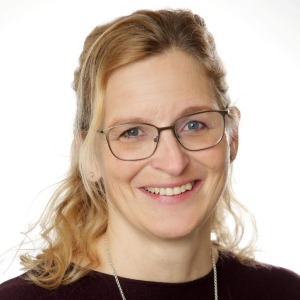X-ray Photoelectron Spectroscopy
X-ray Photoelectron Spectroscopy (XPS), also known as Electron Spectroscopy for Chemical Analysis (ESCA), is an analytical technique used to determine the elemental composition, chemical state, and electronic structure of surfaces. It operates by irradiating a sample with X-rays, which eject photoelectrons from the outermost atomic layers. The kinetic energy and number of ejected electrons are measured to provide information about the chemical environment and bonding states of elements within the sample. XPS can detect elements from hydrogen to uranium and is sensitive to concentrations as low as parts per thousand. It is widely used in materials science, surface chemistry, catalysis, and semiconductor research. XPS instruments consist of an X-ray source, an electron energy analyzer, and a detector system. High-resolution XPS can distinguish between different chemical states of elements and provide detailed information about oxidation states, surface contamination, and interface properties. XPS analysis requires ultra-high vacuum conditions to prevent electron scattering and maintain surface sensitivity. It is a non-destructive technique suitable for analyzing a wide range of solid and thin-film samples. XPS complements other surface analytical techniques such as scanning electron microscopy (SEM) and atomic force microscopy (AFM), providing comprehensive insights into material properties and surface chemistry. Despite its power, XPS can be time-consuming and requires expertise in sample preparation and data interpretation. Nonetheless, it remains an indispensable tool for understanding surface phenomena and designing advanced materials with tailored properties.

Hossam A Gabbar
Ontario Tech University, Canada
Victor John Law
University College Dublin, Ireland
Alexander Bagaturyants
National Research Nuclear University MEPhI, Russian Federation
Sergey Suchkov
N.D. Zelinskii Institute for Organic Chemistry of the Russian Academy of Sciences, Russian Federation
Shree Niwas Chaturvedi
Centre for Aptitude Analysis and Talent Search, India
Pieter Samyn
SIRRIS, Belgium




Title : Advances in plasma-based radioactive waste treatment
Hossam A Gabbar, Ontario Tech University, Canada
Title : Unraveling the ultrastructure and functions of the neuronal membrane skeleton using super-resolution fluorescence microscopy
Zhou Ruobo, Djillali Liabes University of Sidi Bel Abbes, Algeria
Title : Solar box cooker dehydration, and relative humidity endpoint detection, of lamiaceae culinary leaves on the island of Crete
Victor John Law, University College Dublin, Ireland
Title : Nutrient and heavy metal loads from the Ribeiras to Coastal zones: A land-ocean continuum perspective in Madeira Island
Aracelis Del Carmen Narayan Rajnauth, University of Porto, Portugal
Title : Prospective polyoxometalate-based covalent organic framework heterogeneous catalysts
Arash Ebrahimi, Comenius University Bratislava, Slovenia
Title : Eliminating implant failure in humans with nano chemistry: 30,000 cases and counting
Thomas J Webster, Brown University, United States